Pineapple leaf waste
In the Mekong Delta, there is a famous Queen pineapple variety that produces sweet, delicious fruit and is widely grown, accounting for the largest output in the country. Pineapple products are associated with the names of Cau Duc (Hau Giang), Tac Cau - Kien Giang, Tan Phuoc ( Tien Giang )...
However, pineapples do not only create value from the fruit. After each harvest, a large amount of pineapple leaves are left as waste and are of almost no use. Farmers mainly dispose of them by burying them in the ground or using a very small amount for biogas.
During a working trip with the research team of Can Tho University (CTU) to Hau Giang province, Associate Professor, Dr. Van Pham Dan Thuy, School of Technology - CTU, realized that it is possible to research from the abundant source of pineapple leaves to put into polymer to create super absorbent material. The success of the new research topic opens up the possibility of application in the production of diapers for children and the elderly, with the expectation of putting it into industrial production.
With the initial idea, carefully reviewing published documents, Associate Professor, Dr. Van Pham Dan Thuy said that the research to create particles that can store water in the world has been done a lot and the research group is not the first. However, previous research projects did not choose cellulose but followed the way of using cellulose derivatives that have been commercialized. Comparing the use of cellulose derivatives to help the process of making super absorbent polymers shows that it is more convenient but the efficiency in terms of water absorption as well as structural durability is not high. Moreover, no research has used raw materials from pineapple leaves in the application of making super absorbent materials that has been published.

After harvesting, Cau Duc pineapple has a large amount of pineapple leaves left.
While pineapple leaves have a very high cellulose content, the research team aims to use the cellulose from pineapple leaves. Research activities in this direction have even greater significance for pineapple farmers in the Mekong Delta in finding solutions to process pineapple leaves. In comparison, commercial cellulose products have a higher price.
Therefore, selecting cellulose from pineapple leaves, at the same time building a process from pineapple leaves to create cellulose. Then put into the system to synthesize super absorbent polymer, contributing to the solution of exploiting pineapple leaf waste to create high-tech products. The highlight of the product is that the material retains its structure for up to 21 days in a water environment and the water absorption is up to 1,900 times compared to its own mass.
The research project started in 2018. During the research, the research team found that the resulting product was not 100% biodegradable. Therefore, the research team is continuing to develop products with better biodegradability.
High applicability
The highlight of the research results is the use of agricultural waste materials to create super absorbent polymers with better properties. The research team further explained that normally, the process of synthesizing super absorbent polymers is to use monomers. Then, a polymerization reaction is performed to create super absorbent polymers with the condition of creating cross-links between the polymer chains. That is the synthesis of super absorbent polymers. However, when cellulose is added, it is attached to the polymer chains, creating a harder, stronger material structure and it helps increase the water absorption capacity.
After receiving the results, the research team submitted an application to the Intellectual Property Office (Ministry of Science and Technology) and is waiting for the appraisal results. The research project utilizes cellulose from pineapple leaves into a system to synthesize super absorbent materials, opening up the possibility of application in life and re-use in agricultural production. In agriculture, products with good water absorption properties can be put into pots of vegetables and ornamental flowers. Even if you water with excess water, the super absorbent particles will retain and slowly "release" it for the plants to use.
Because this is a new solution in applying cellulose from pineapple leaves to super absorbent materials, the research team has overcome many technical challenges. The product was born after 3 years of construction and improvement. Currently, the research team is also testing the ability to apply in absorbing salt water, opening up the possibility of application in drought and salinity areas.
In the trend towards a green and sustainable economy, circular economy is being seen by economic experts as a tool. A new approach of many countries in the world aims at economic development without causing environmental consequences.
Along with research activities of institutes and universities, businesses are shifting to developing green products and services to meet market demand and create sustainable value. Accordingly, through promoting and introducing green products and services, it is expected to meet and attract customers and create profits. From the research project on technology applied from pineapple leaves, a promising source of materials has been created to create many new and useful products to serve life, agricultural production, develop a green economy, and protect the environment.




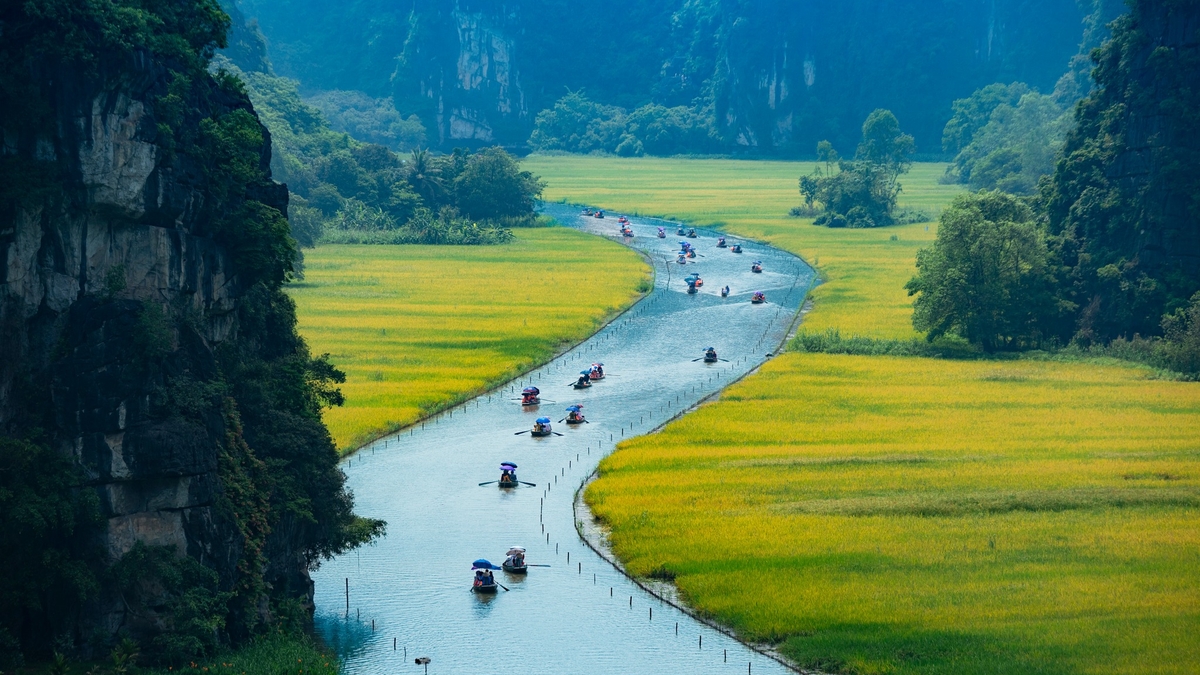
![[Photo] Prime Minister Pham Minh Chinh attends the 5th National Press Awards Ceremony on preventing and combating corruption, waste and negativity](https://vphoto.vietnam.vn/thumb/1200x675/vietnam/resource/IMAGE/2025/10/31/1761881588160_dsc-8359-jpg.webp)
![[Photo] Da Nang: Water gradually recedes, local authorities take advantage of the cleanup](https://vphoto.vietnam.vn/thumb/1200x675/vietnam/resource/IMAGE/2025/10/31/1761897188943_ndo_tr_2-jpg.webp)



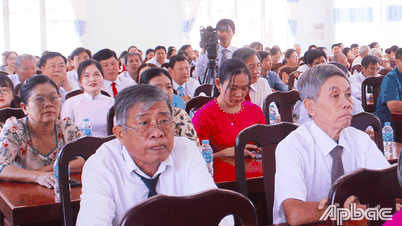
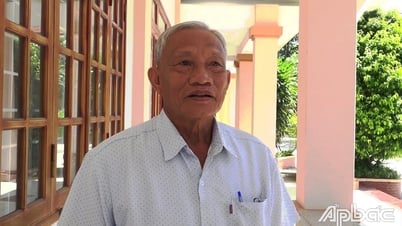
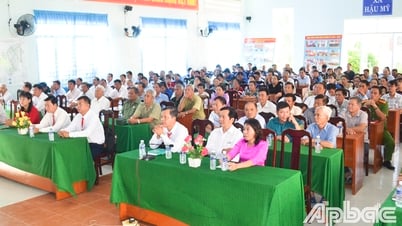
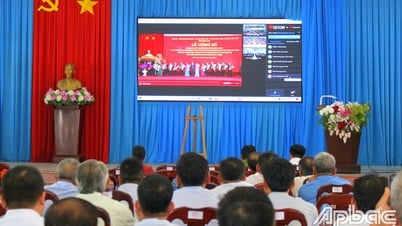
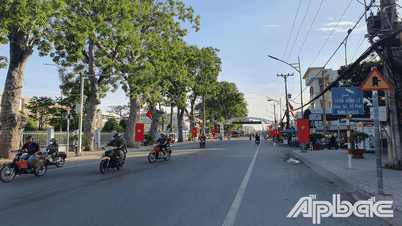




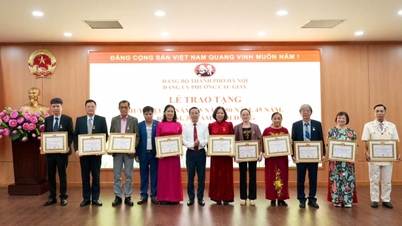
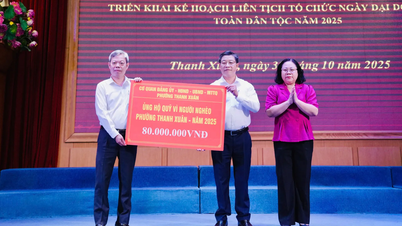
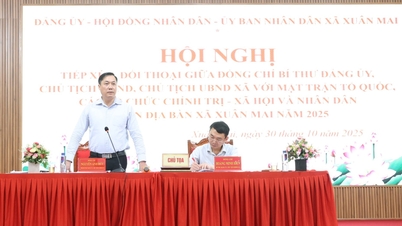
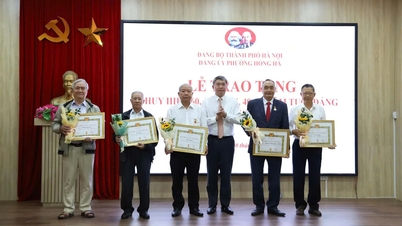
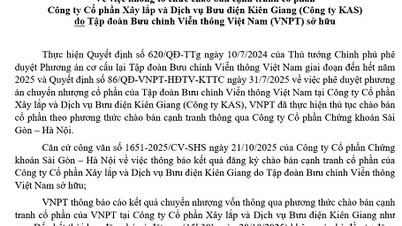

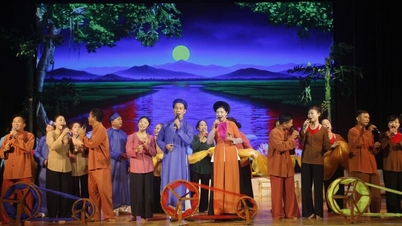

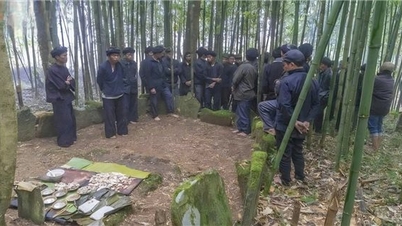

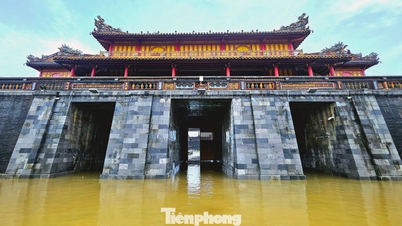

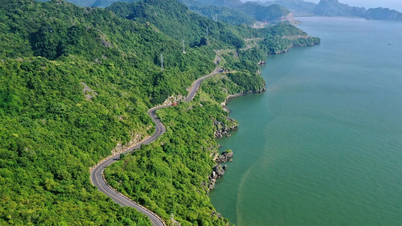



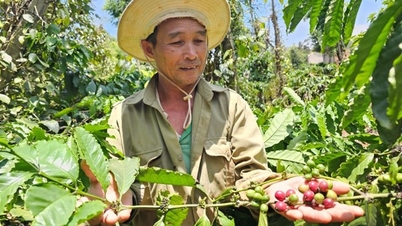

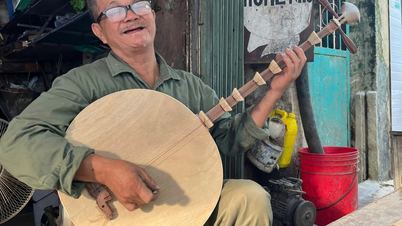










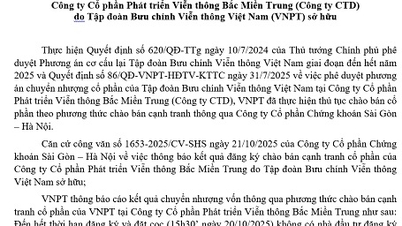
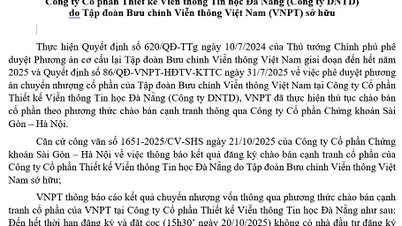
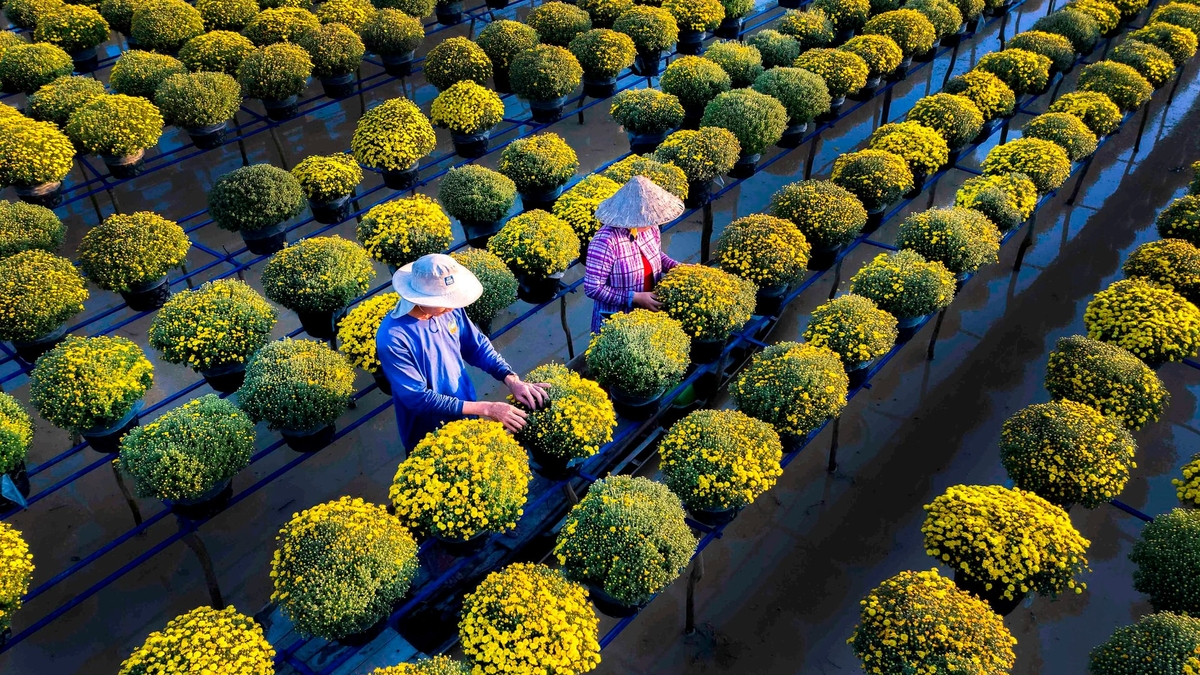


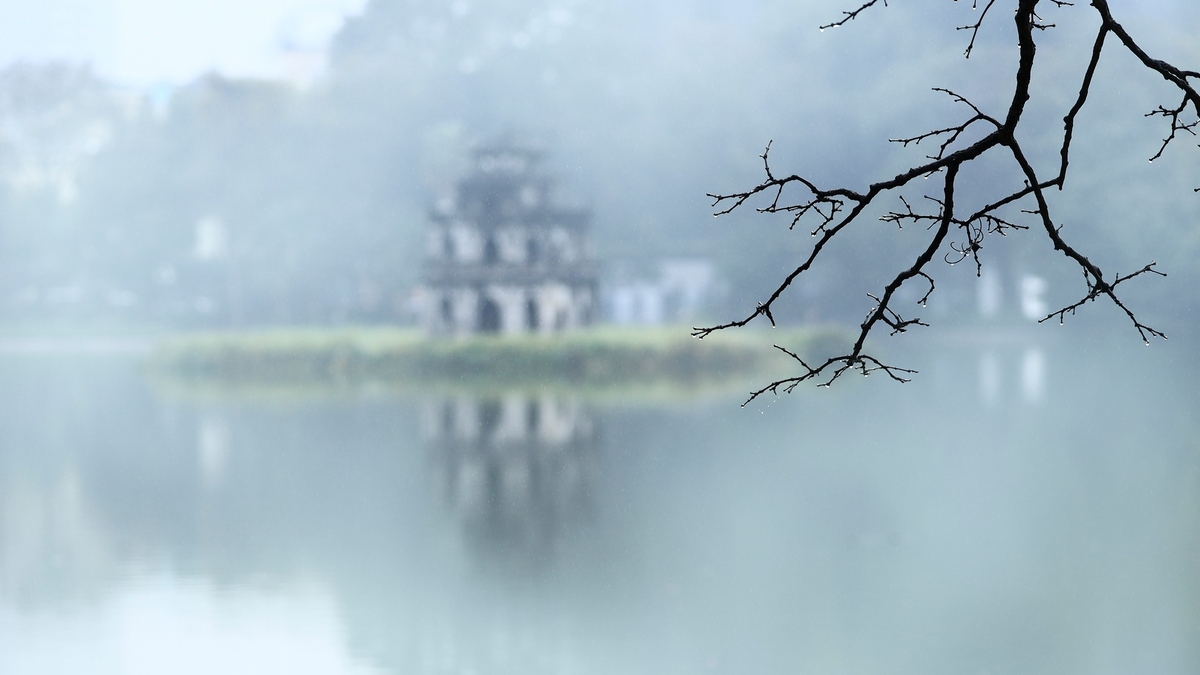


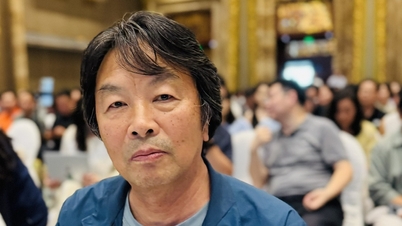

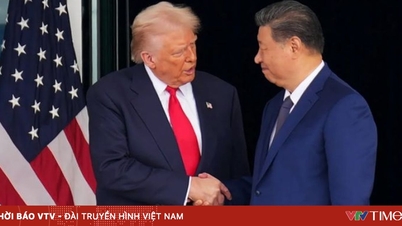

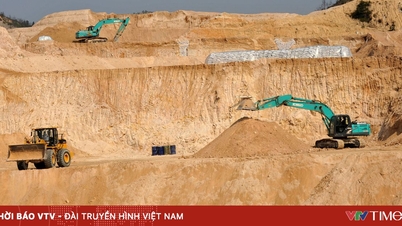




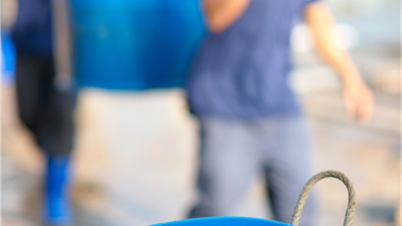

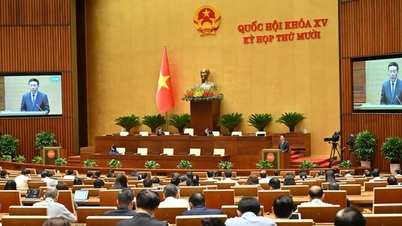

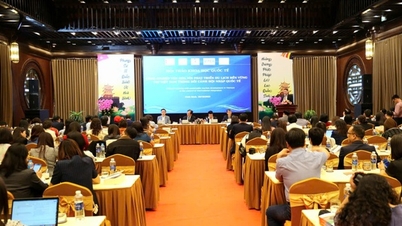
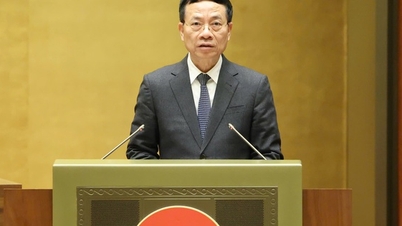
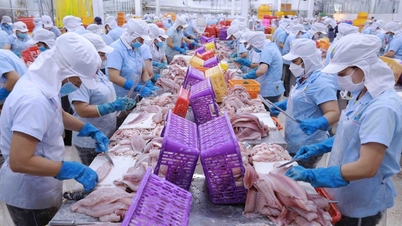
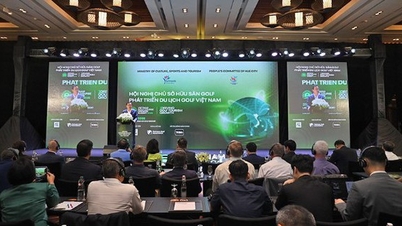
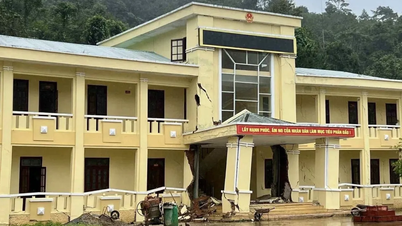
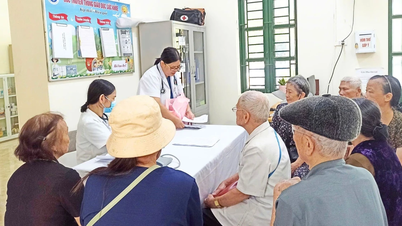




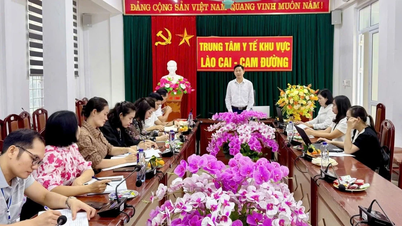
















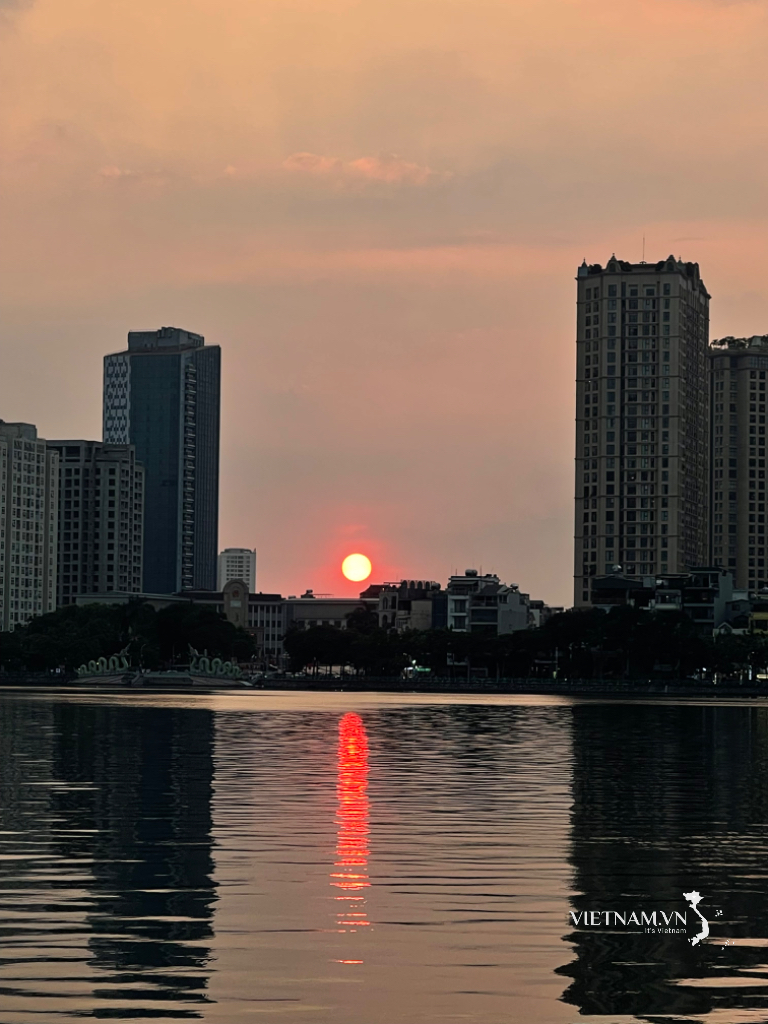
Comment (0)